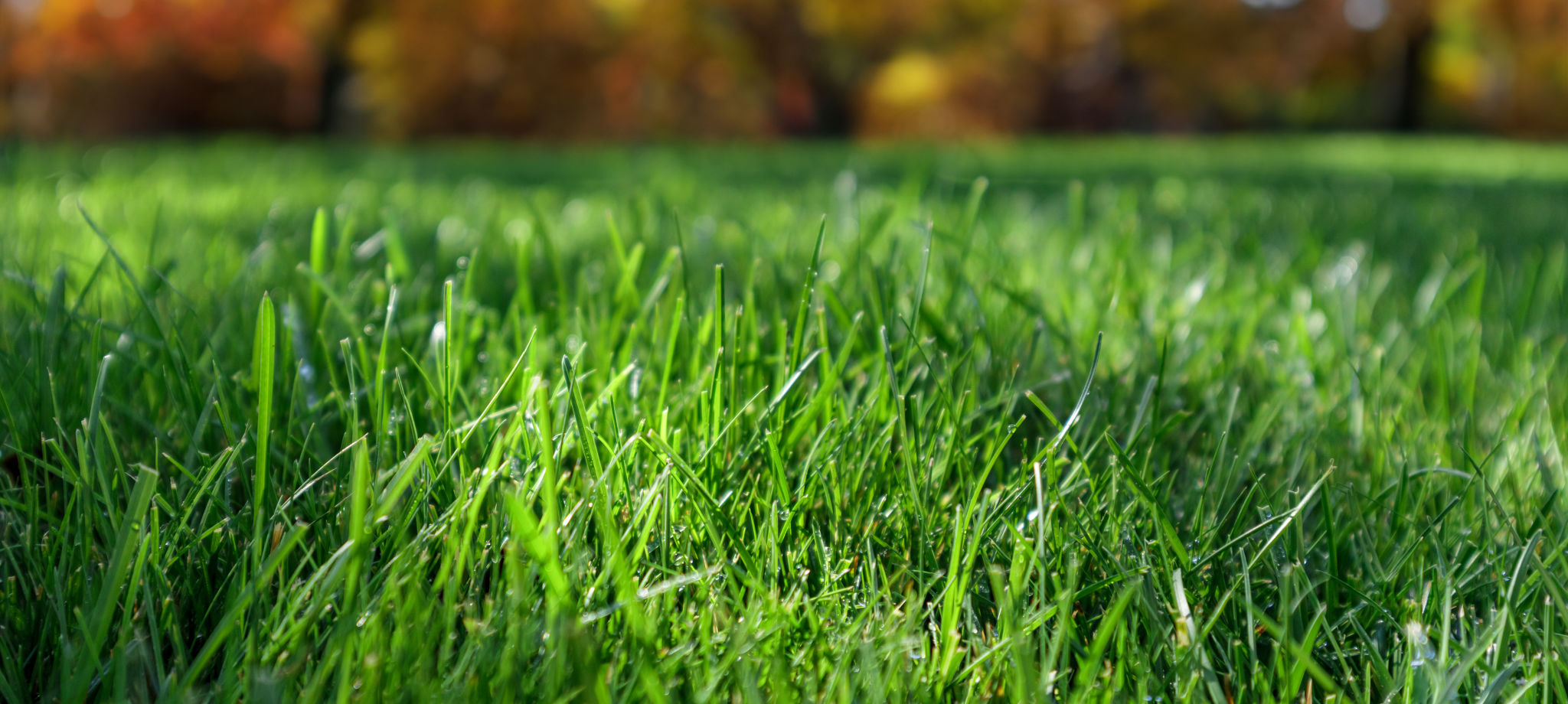Common Lawn Care Myths in Canada Debunked: Separating Fact from Fiction
Tl
Introduction to Lawn Care Myths
Maintaining a lush, green lawn in Canada can be a challenging task, especially with the unpredictable climate and diverse soil types. While there are many tips and tricks available, some common lawn care myths can lead homeowners astray. This post aims to debunk these myths and provide you with reliable information for effective lawn care.

Myth 1: Watering Every Day Is Essential
One of the most persistent lawn care myths is the belief that watering your lawn every day is necessary for its health. In reality, overwatering can harm your lawn more than it helps. Grass roots need to dry out between waterings to encourage deep root growth. It's best to water your lawn deeply but less frequently, about once or twice a week.
Understanding the Right Watering Technique
The key is to water early in the morning or late in the afternoon to minimize evaporation. Ensure that the water penetrates at least 6 inches into the soil to promote strong root systems. By following these guidelines, you can maintain a healthy lawn without overusing water resources.

Myth 2: Cutting Grass Short Reduces Mowing Frequency
Another common misconception is that cutting your grass very short will reduce the frequency of mowing. However, this practice, often referred to as "scalping," can damage your lawn by exposing the soil and making it more susceptible to drought and weeds.
The Ideal Lawn Height
For most grass types in Canada, it's recommended to keep your lawn at a height of about 2.5 to 3 inches. This height helps shade the soil, retain moisture, and inhibit weed growth. Remember the one-third rule: never cut more than one-third of the grass blade at one time.

Myth 3: Fertilizing in Spring Is Sufficient
Many homeowners believe that a single application of fertilizer in spring is enough to keep their lawn healthy throughout the year. While spring fertilization is crucial for jump-starting growth, it should not be the only time you feed your lawn.
A Year-Round Fertilization Plan
For optimal results, fertilize your lawn several times during the growing season. In Canada, this typically means feeding in early spring, late spring, summer, and early fall. Using a balanced fertilizer will provide the essential nutrients your lawn needs to thrive.

Conclusion: Informed Lawn Care Practices
By debunking these common myths, you can approach lawn care with confidence and knowledge. Understanding proper watering techniques, mowing practices, and fertilization schedules will help you maintain a healthy, beautiful lawn throughout Canada's diverse seasons. Remember that each lawn is unique, and adjusting care practices based on specific conditions will yield the best results.